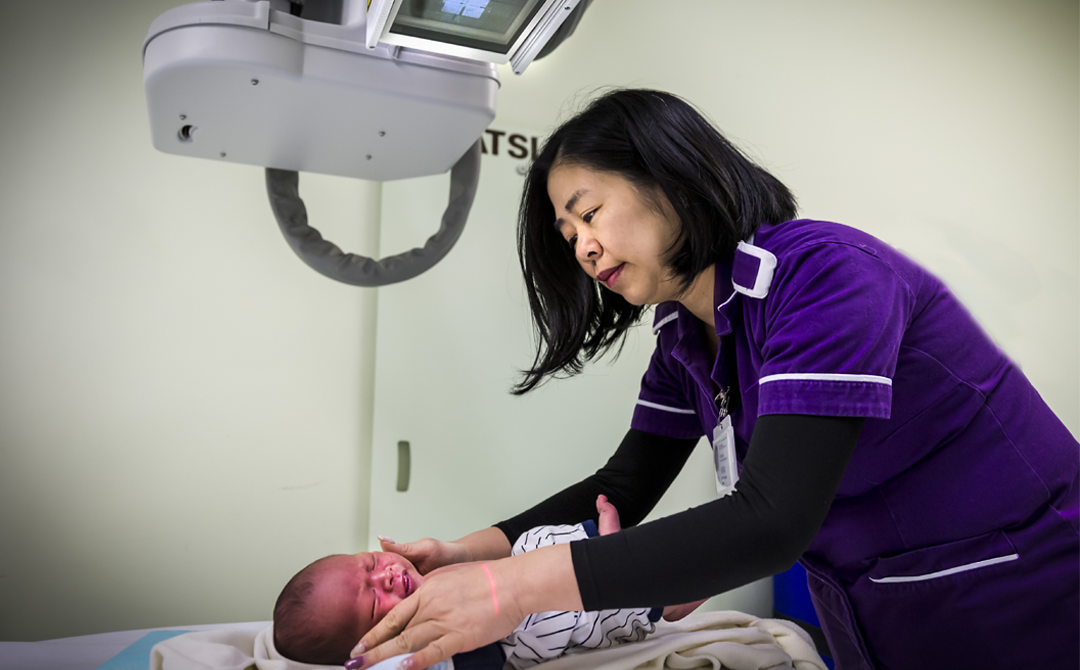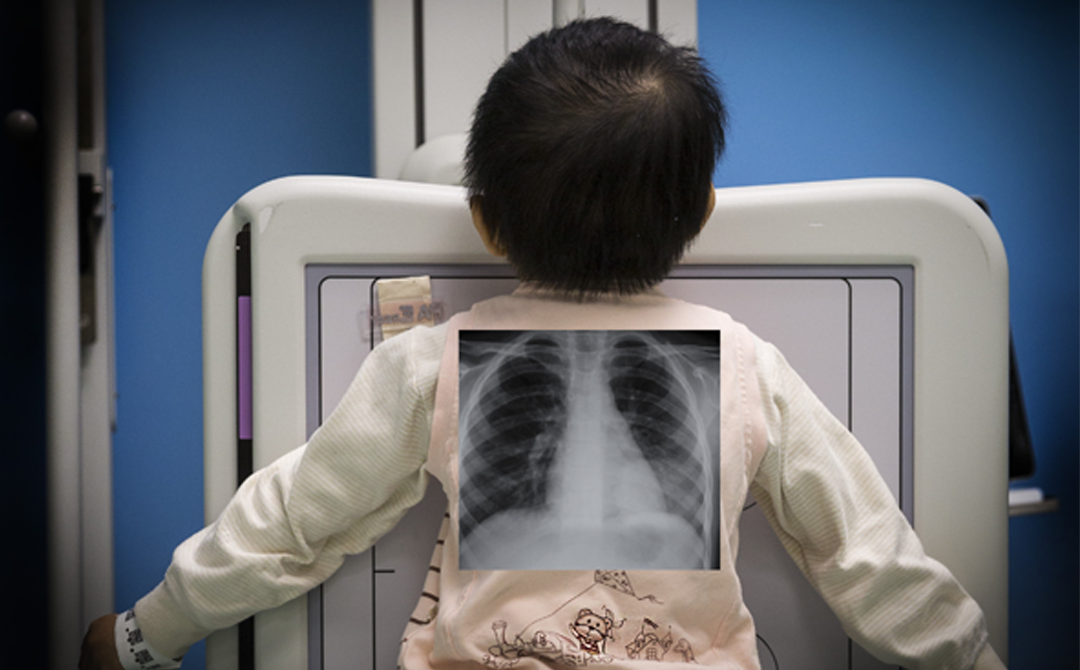

Difficulties Encountered:
Children are usually scared because of the unfamiliar procedure and environment. It is difficult for young children to keep still at any time. Keeping still is essential to ensure an optimal radiological examination. Infants: Infants are unlikely to be co-operative. Asking for help from parents is essential. Pre-school age: Parents will be made familiar with the procedure themselves so that they may help calm down their children through explanation. Primary school age: In most of the cases, the procedures can be explained and patient reassured.
School visits to the Department of Diagnostic Radiology are helpful as the childrens' fear and uncertainty about X-rays may be alleviated.
Parent's Attitude:
Explain to them that the examination is done to help their children. The exam time can be much shortened if the children feel encouraged and relaxed. Positive reinforcement is always helpful
Emergency And Trauma
Parents should keep calm themselves as it may help set a good example for their children.
Accompanying Parents During Radiological Examinations:
Should be decided by the children, parents and radiological staff. Pregnant women should not accompany the children.
Special Radiological Examinations:
Minor consent must be signed by parents after thorough explanation of the procedure. Patients must be co-operative for the exam to run smoothly. Co-operation between parents and radiological staff is necessary for the exam of young children.
Anaesthesia:
Needed in certain examinations, e.g. MRI and CT when a period of prolonged immobilisation is essential. Consent should be obtained from parents for sedation or general anaethesia .
Is Radiation Harmful To The Child?
In general, the radiation dose is minimal and virtually harmless.
The following principles are followed by the clinicians, radiologists and radiographers:
- 1. Only essential X-ray examinations will be performed.
- 2. The lowest possible radiation dosage will be used.
- 3. The area to be irradiated will be kept minimal.
- 4. Protective shieldings such as lead apron and lead glove will be provided if necessary.
- 5. Pregnant women will not be unnecessarily irradiated.